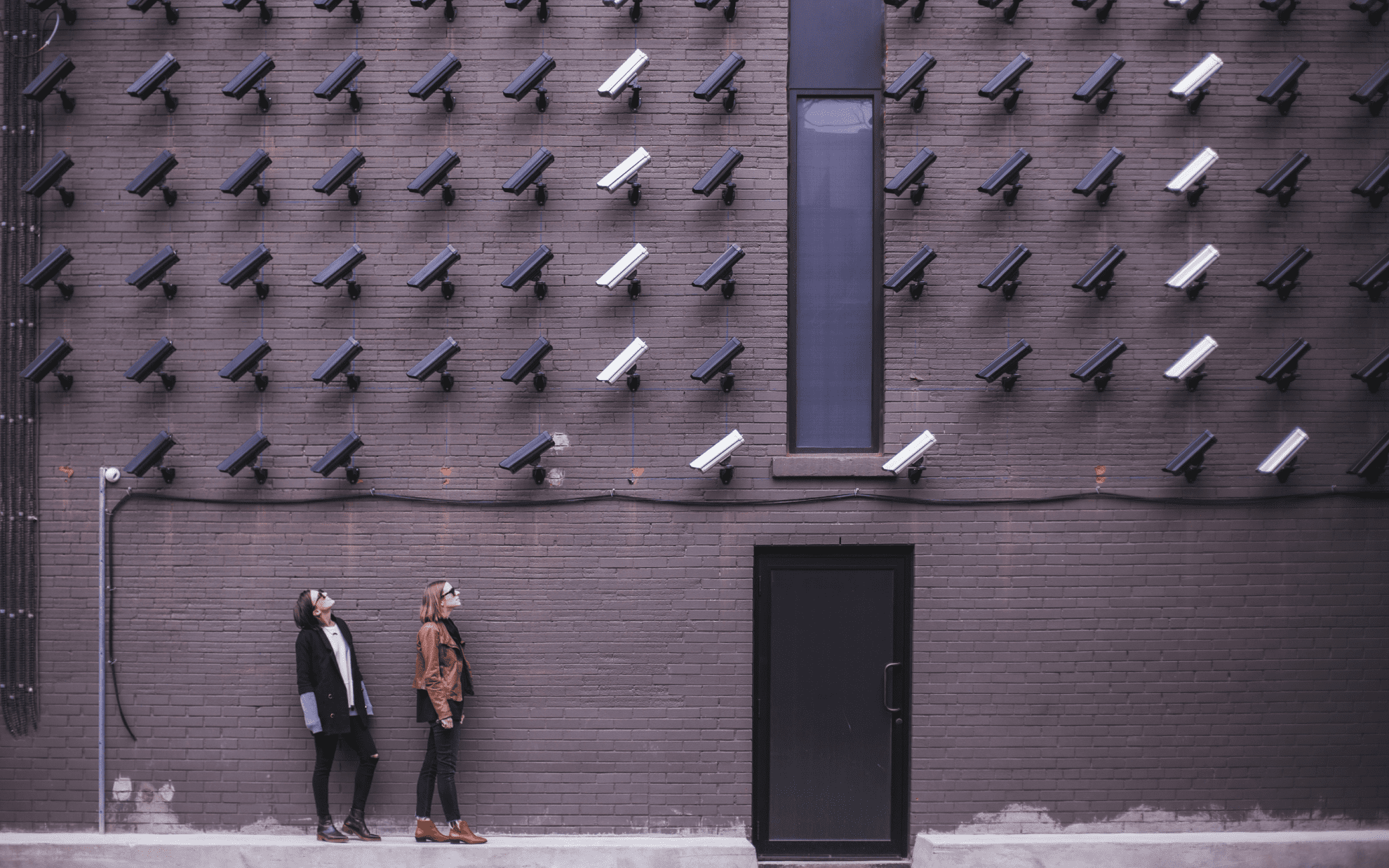Think Different

“Think Different” said the famous 1997 Apple advertisement.
Excellent advice, obviously, to all creators, innovators, and entrepreneurs.
But, along with thinking differently in order to come up with revolutionary new ideas or products, there is also the necessity of seeing differently. Great creators, innovators, and entrepreneurs look at the world from different perspectives from how many of us look at it. This is why they catch opportunities that other people miss. Sometimes this is a natural gift, some people born with the capacity of seeing different realities but this doesn’t mean that this skill can’t be acquired, with the knowledge of different techniques.
Who doesn’t know the story of Velcro?
The story of Velcro is well known. A Swiss engineer, George de Mestral, decided to look more closely at the burrs (seeds from plants) he found clinging to his clothing after a walk in the woods. He took out his microscope and saw that nature had designed hooks on the burrs, which had then attached themselves to looped fibers in his clothing. The famous hook-and-loop alternative to the zipper, under the name Velcro, was born. (Today, there is a whole field, called biomimetics, devoted to imitating nature in order to solve human problems.)
Example of these creative minds give to everyone — entrepreneurs included — some ideas on how to stop seeing the world in the familiar way and start seeing it in unfamiliar and revolutionary ways. When we observe the world around us, we should not just merely watch it as it appears, but examine it with a deliberately different perspective. Not just name what is around us with their ordinary names, but come up with new names. Not just consider the whole, but break things up (or down) into pieces. These techniques can help us see to change our vision an see thing from different perspectives, whether in the arts or in business.
Sherlock Holmes famously said once to Watson: “You see, but you do not observe.
The distinction is clear: “More advice on how to break through the familiar and instead observe, truly observe. “To observe, you must learn to separate situation from interpretation, yourself from what you are seeing.” A technique to improve our ability to operate this way, is the one of describing a situation of interest out loud or in writing to a companion, through this exercise the key points in the case would become evident.
Our brains are designed to stop us paying too much attention. This is well demonstrated by the optical illusion called Troxler fading (named after the nineteenth-century Swiss physician who discovered the effect). If presented with a steady image in the area of our peripheral vision, we actually stop seeing it after a while. This phenomenon — the general neuroscientific term is habituation — probably points to an efficient way in which the brain operates. Neurons stop firing once they have sufficient information about an unchanging stimulus. But this does not mean that habituating is always our friend.
To see differently might be an effort at the beginning, especially if not used to do it. But some techniques used to stimulate the brain to pay attention do different aspects of the reality that surround us can results fun and an optimal way to keep your mind fresh. One way in which great artists, entrepreneurs, and creators of all kinds come up with the insights that enable them to change the world is the one, very literally, of not seeing the way most of us do. Their methods teach us that by seeing differently, we can end up discovering what no one else has yet seen. This is how the future is built.




